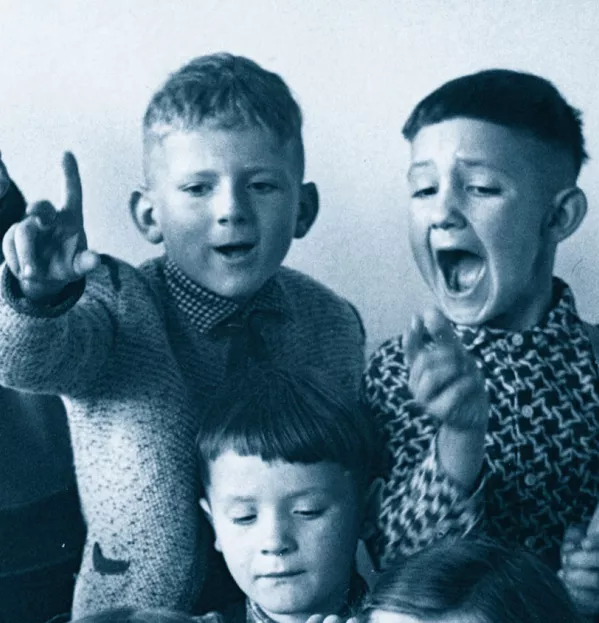- Home
- Teaching & Learning
- General
- It’s OK for pupils to shout out in class
It’s OK for pupils to shout out in class

Confession: I always found class discussions stressful. When I trained to teach, back in the 1980s, we insisted that children should sit bolt upright, eyes fixed unswervingly on the speaker, apparently hanging on their every word. Any lapses of attention, let alone muttered comments, were swiftly penalised in an attempt to model high standards and a zero-tolerance approach to interruptions.
Things have changed since then (not least our attention spans) and, in recent years, I have, too. But I hadn’t really noticed how much I’d changed until I was criticised during an observation for “allowing James to shout out an answer” instead of putting his hand up. In fact, that was James at his best (I was tempted to invite the observer to try teaching the class with him at his usual decibel level of clicking/tapping/calling out). But it got me thinking.
Cuts in special educational needs budgets and changes to principles around inclusion mean that a classroom of children can vary enormously, not just in ability but also in terms of attention span, learning behaviour and childhood experience. It’s our job to find ways to engage every child.
Having battled with challenging classes in the past, I’ve come to find that a more relaxed approach can work better for everyone. As long as we stick to certain guidelines, dispensing with “hands up” can produce better-quality, productive, pacy discussions. It can be a bit of a free-for-all to start with, but what the class loses in time here is offset against me having to stop every few minutes to tell James (or Emma or Liam or Olivia or Mason) to stop talking/put their name on the board/leave the room.
Here’s how it works: after presenting the learning, I’ll say, “Right, we’re going to have a discussion about what you think. You can share your ideas. No need to put hands up.”
First, there is likely to be a bit of a shouting match. I let it go for a while and then say, “There’s a bit of a problem here. No one can hear anyone. How can we make it more orderly? After all, adults don’t put their hands up and they seem to cope in discussions.”
Then we develop a series of guidelines together, which I later type up and display prominently for future use. These might include: wait for a gap to start speaking; if you start talking at the same time, pause, continuing when the teacher gives you eye contact; don’t just shout out your point - respond to others’ opinions, too (teacher models how); and be polite to others, commenting on their opinions using appropriate sentence starters.
Outcomes have been positive, with swifter discussions covering more ground, a use of higher-level vocabulary and better engagement from all. Even shyer pupils somehow find it less threatening than putting their hands up and being picked.
I’ll admit, it’s not for the faint-hearted and not for every lesson. But this approach has taught me that less structure doesn’t necessarily mean chaos and that shouting out is not always a sign of a bad lesson.
Deborah Jenkins is a primary teacher and freelance writer
This article originally appeared in the 26 February 2021 issue under the headline “Shouting out in class does not mean chaos reigns”
Register with Tes and you can read two free articles every month plus you'll have access to our range of award-winning newsletters.
Keep reading with our special offer!
You’ve reached your limit of free articles this month.
- Unlimited access to all Tes magazine content
- Save your favourite articles and gift them to your colleagues
- Exclusive subscriber-only stories
- Over 200,000 archived articles
- Unlimited access to all Tes magazine content
- Save your favourite articles and gift them to your colleagues
- Exclusive subscriber-only stories
- Over 200,000 archived articles
topics in this article



